Europe is a beautiful continent with many countries, each having its own capital city. There are 44 countries in Europe recognized by the United Nations, and each capital is a special place that reflects the country’s culture, history, and vibe. Below is a simple and complete list of all European countries and their capital cities, written in an easy-to-read way. Let’s explore!
European Countries and Capitals
Here’s the full list of European countries in alphabetical order, along with their capital cities:
- Albania – Tirana
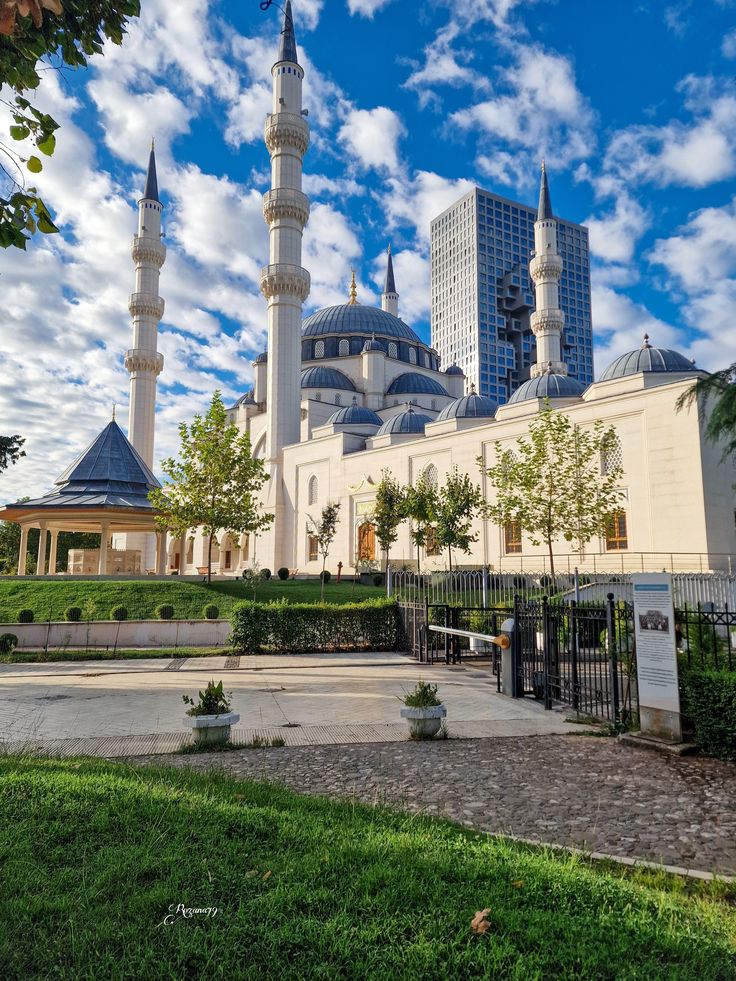
- Andorra – Andorra la Vella
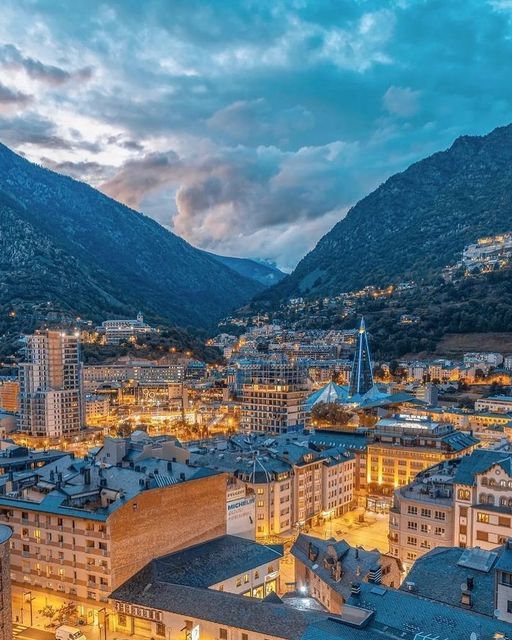
- Armenia – Yerevan
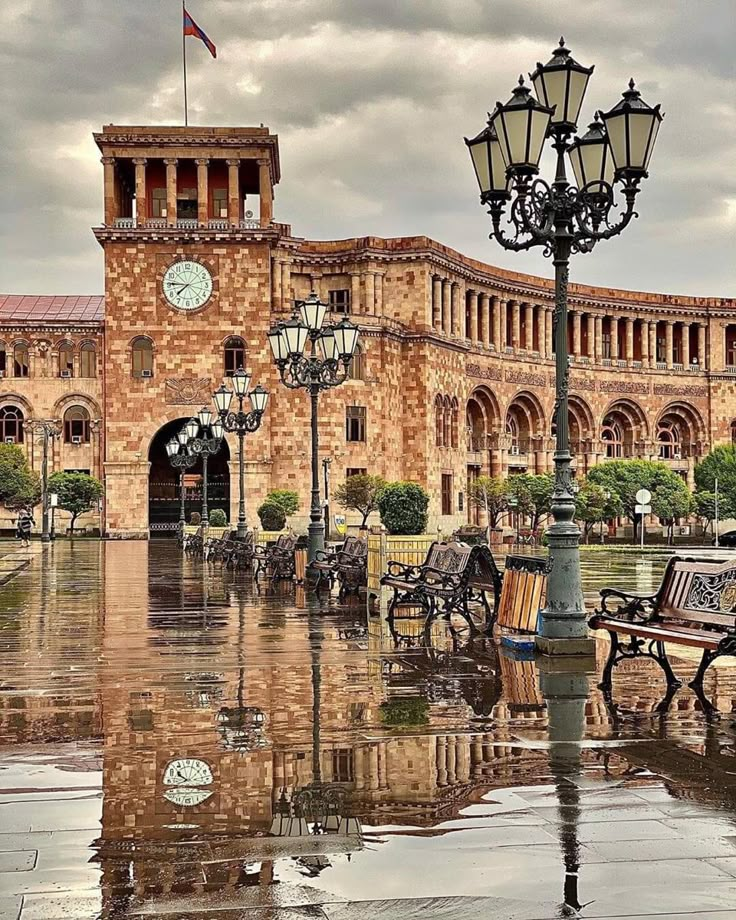
- Austria – Vienna

- Azerbaijan – Baku
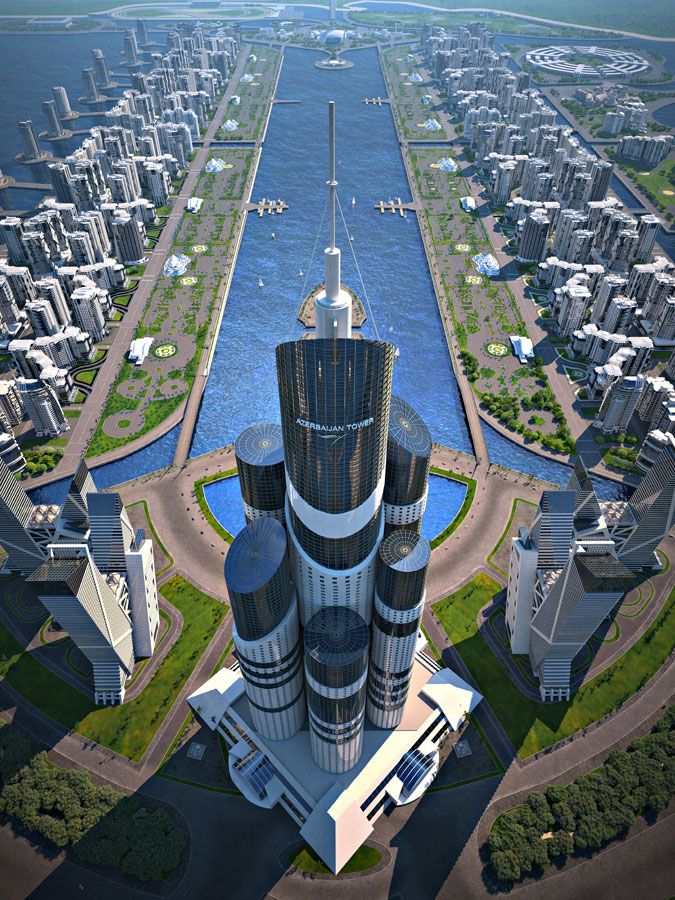
- Belarus – Minsk
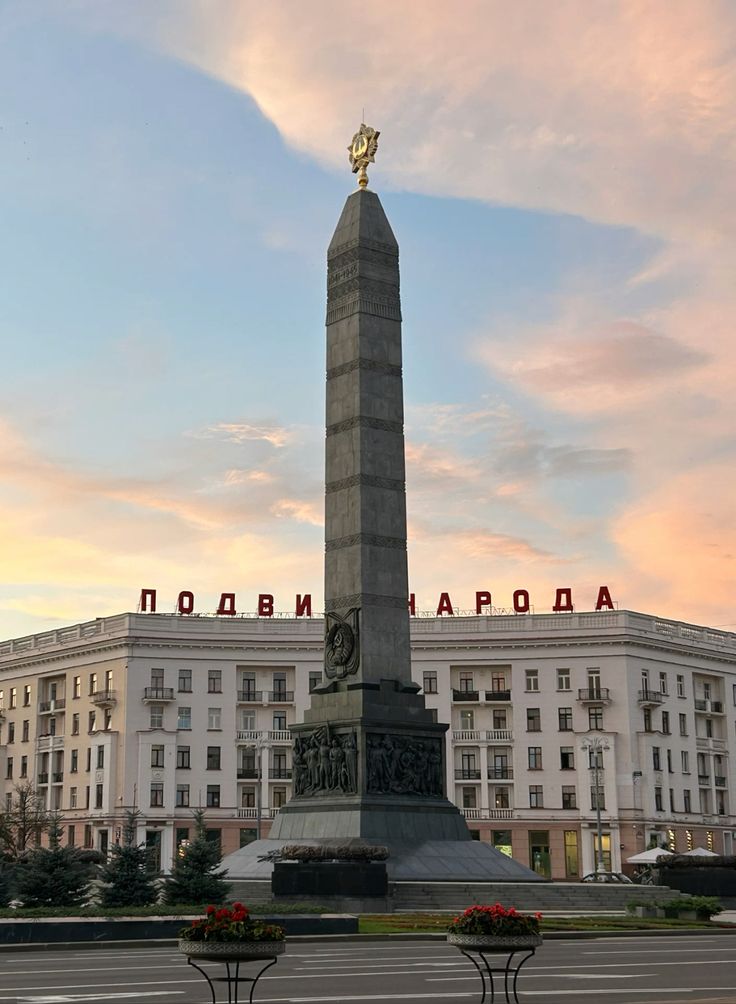
- Belgium – Brussels

- Bosnia and Herzegovina – Sarajevo
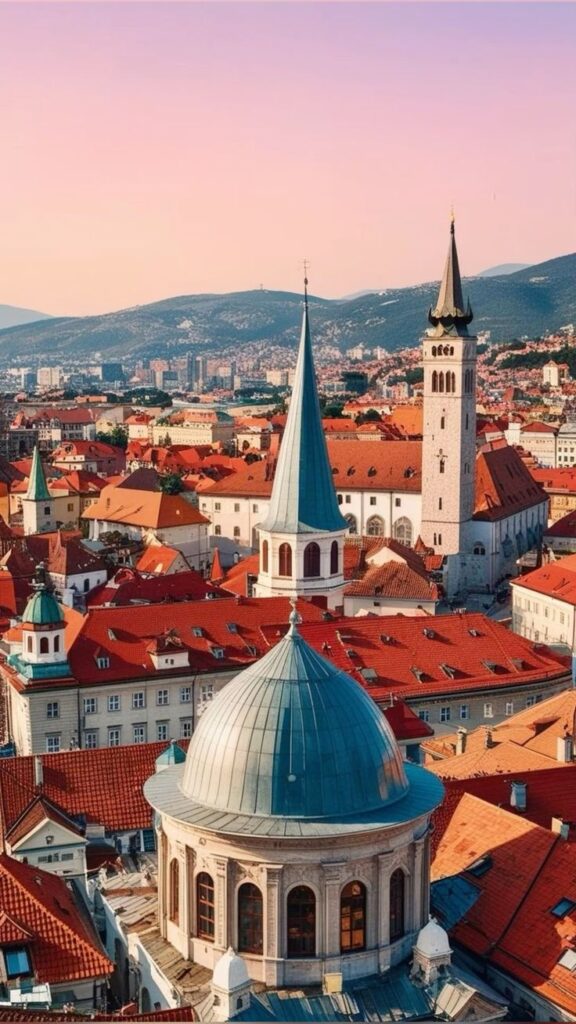
- Bulgaria – Sofia
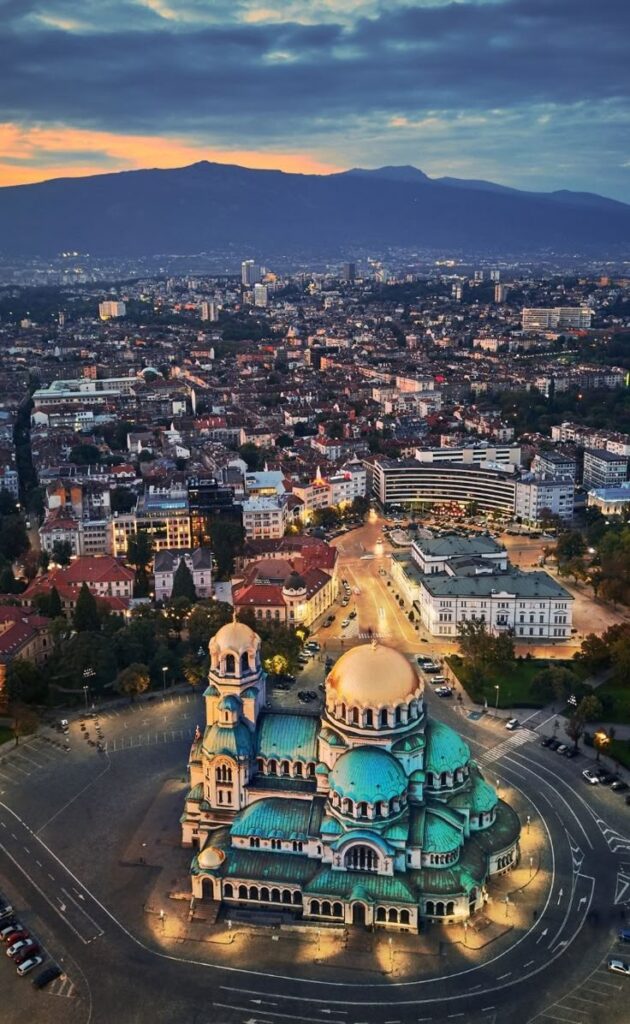
- Croatia – Zagreb
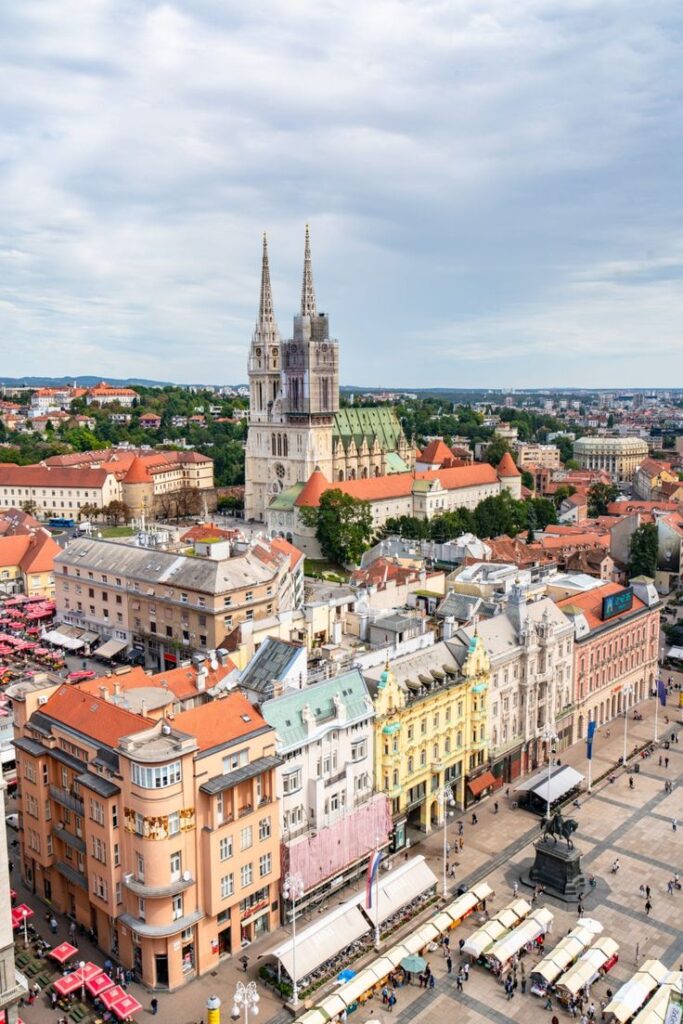
- Cyprus – Nicosia

- Czech Republic (Czechia) – Prague
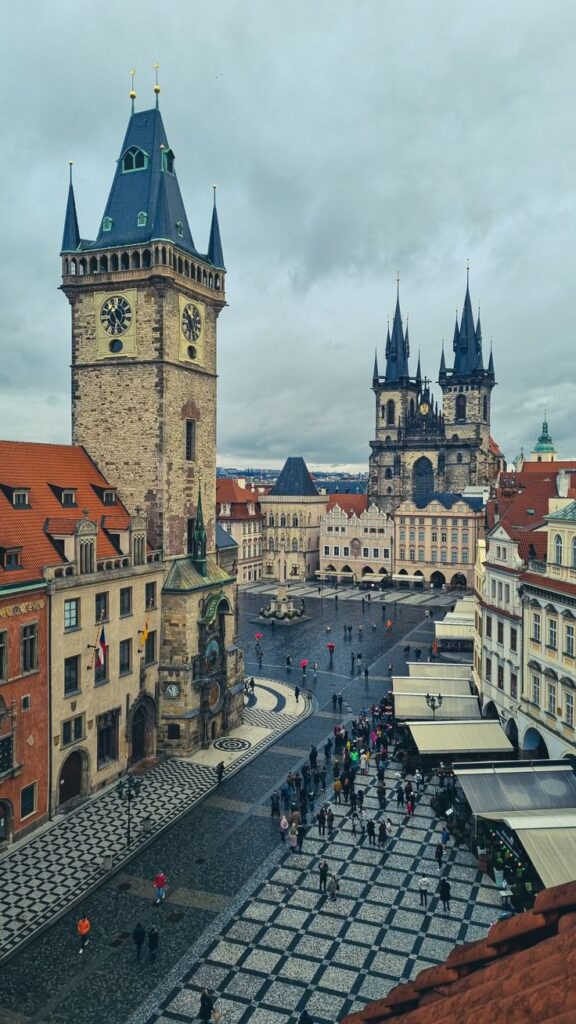
- Denmark –Prague
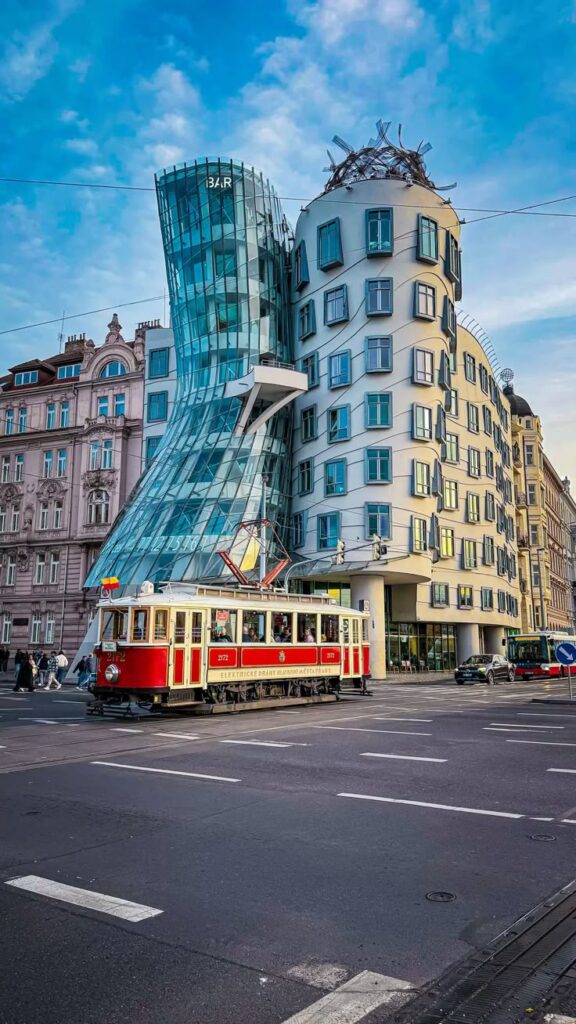
- Estonia – Tallinn
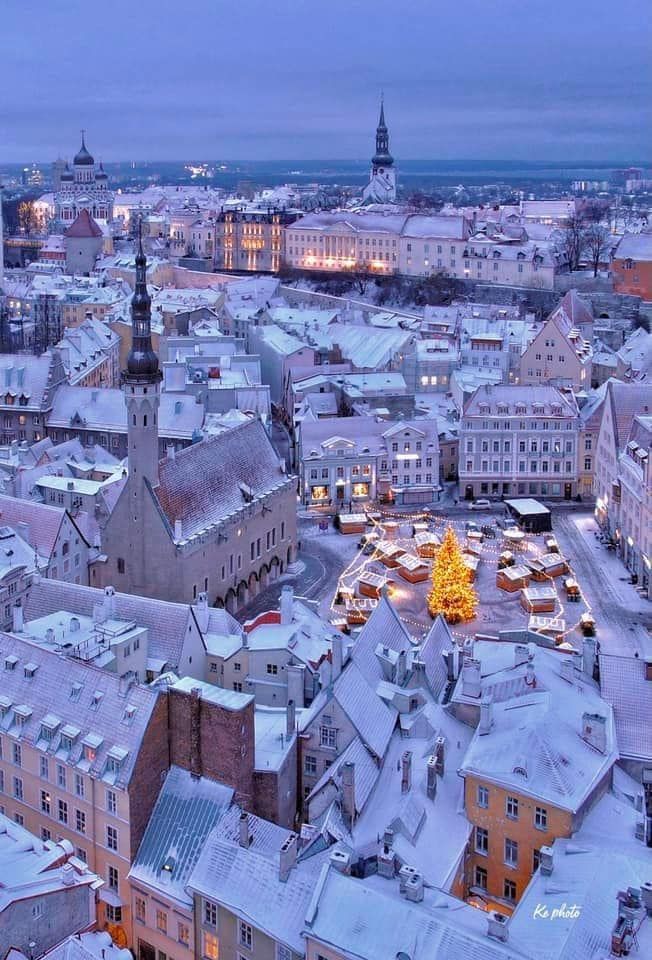
- Finland – Helsinki
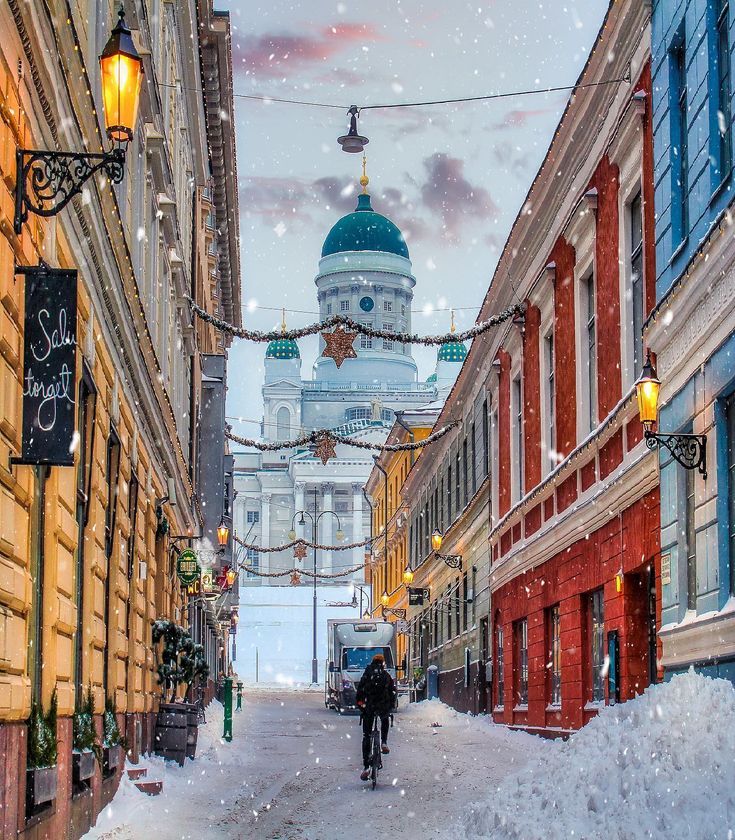
- France – Paris
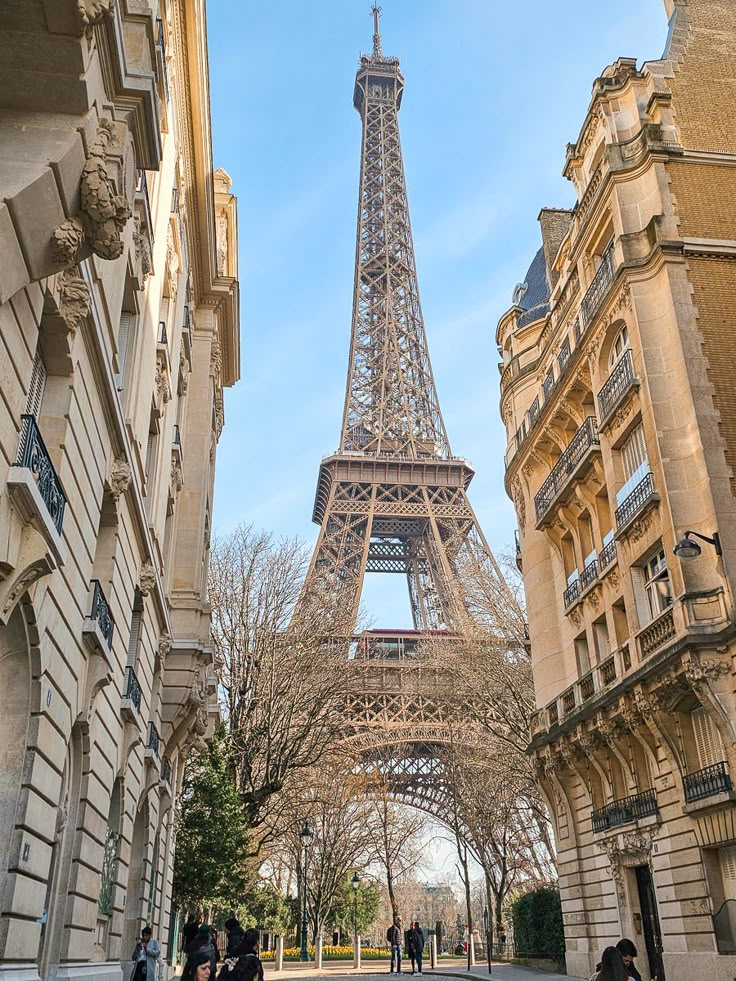
- Georgia – Tbilisi
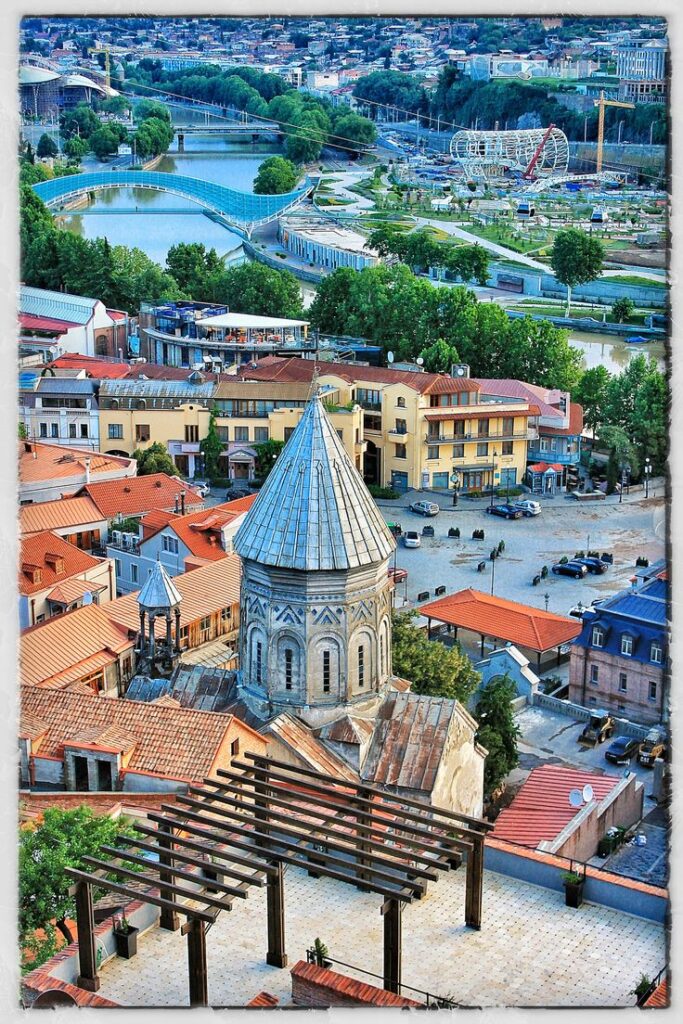
- Germany – Berlin

- Greece – Athens
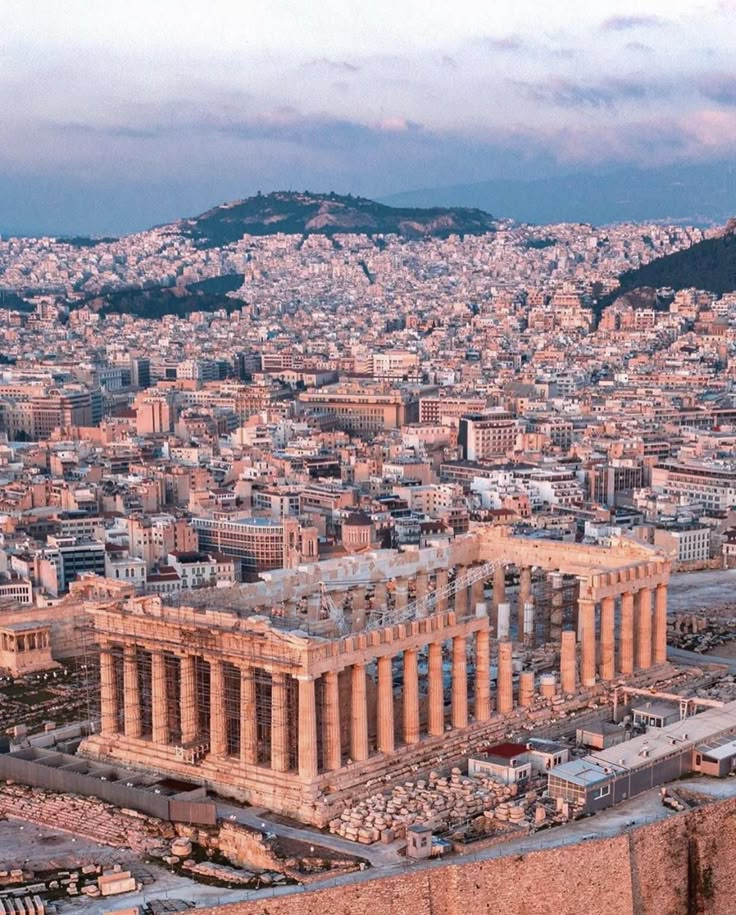
- Hungary – Budapest
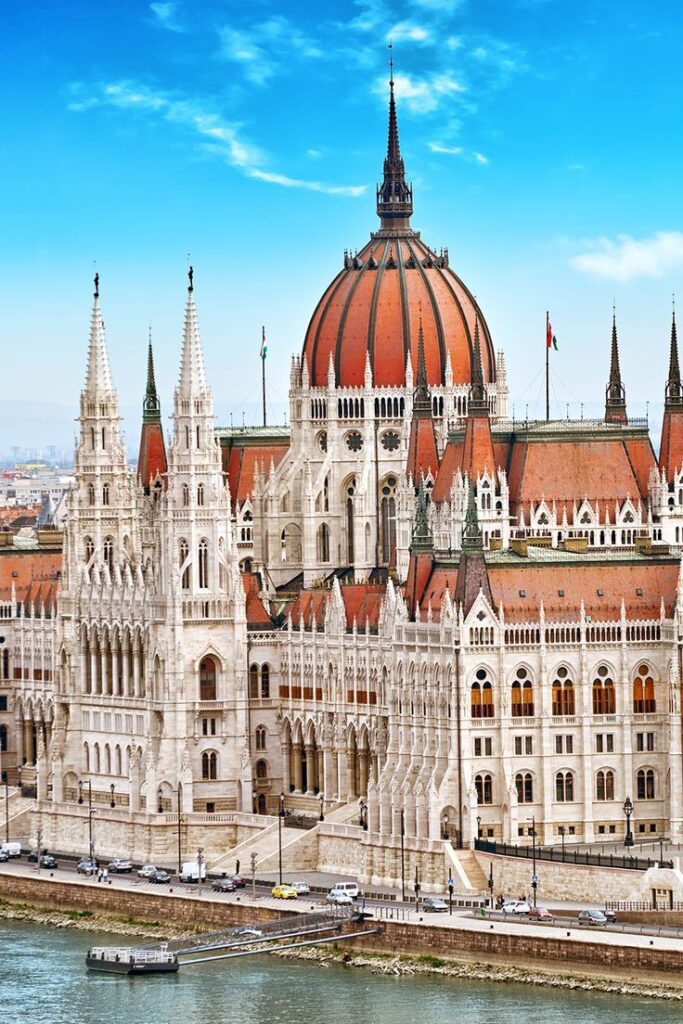
- Iceland – Reykjavík
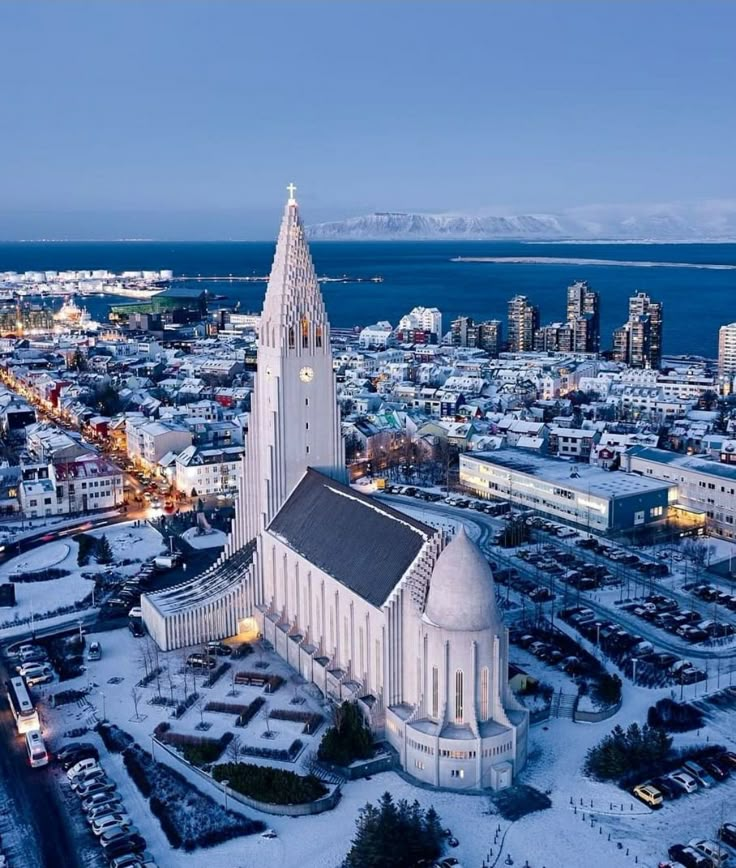
- Ireland – Dublin

- Italy – Rome
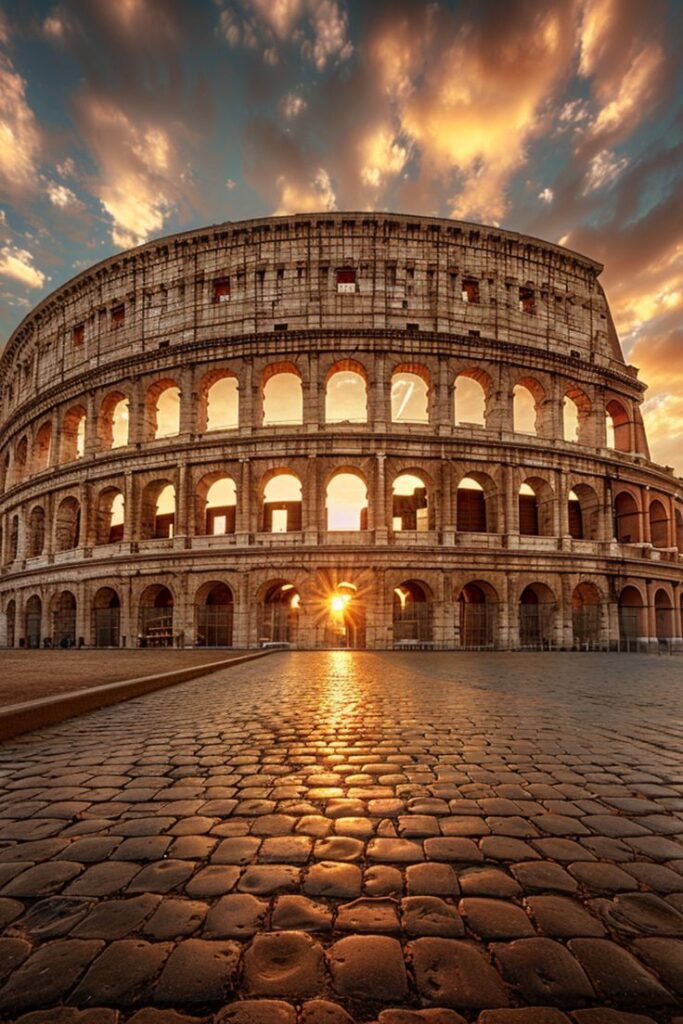
- Kosovo – Pristina

- Latvia – Riga

- Liechtenstein – Vaduz

- Lithuania – Vilnius

- Luxembourg – Luxembourg City

- Moldova – Chișinău
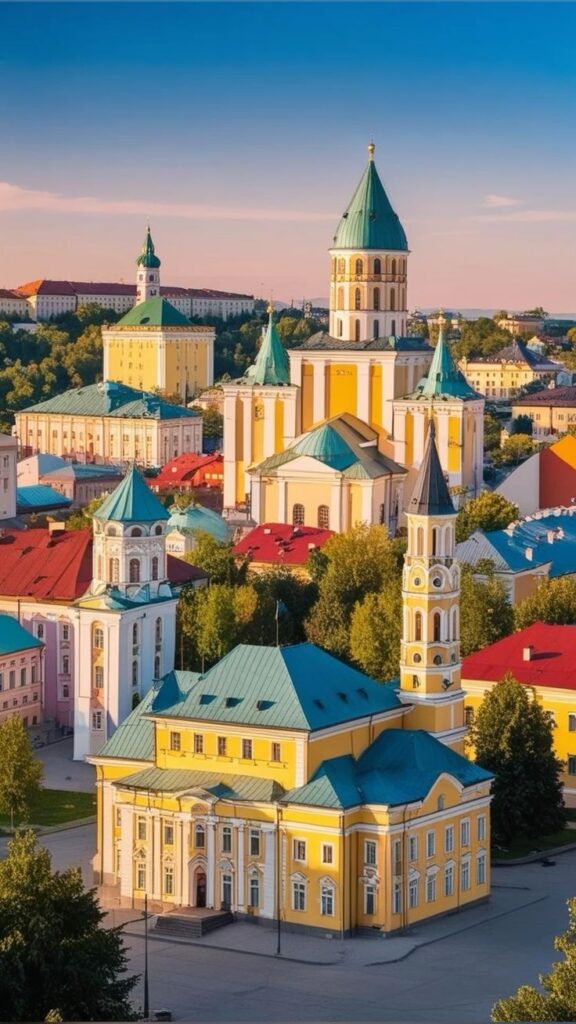
- Monaco – Monaco
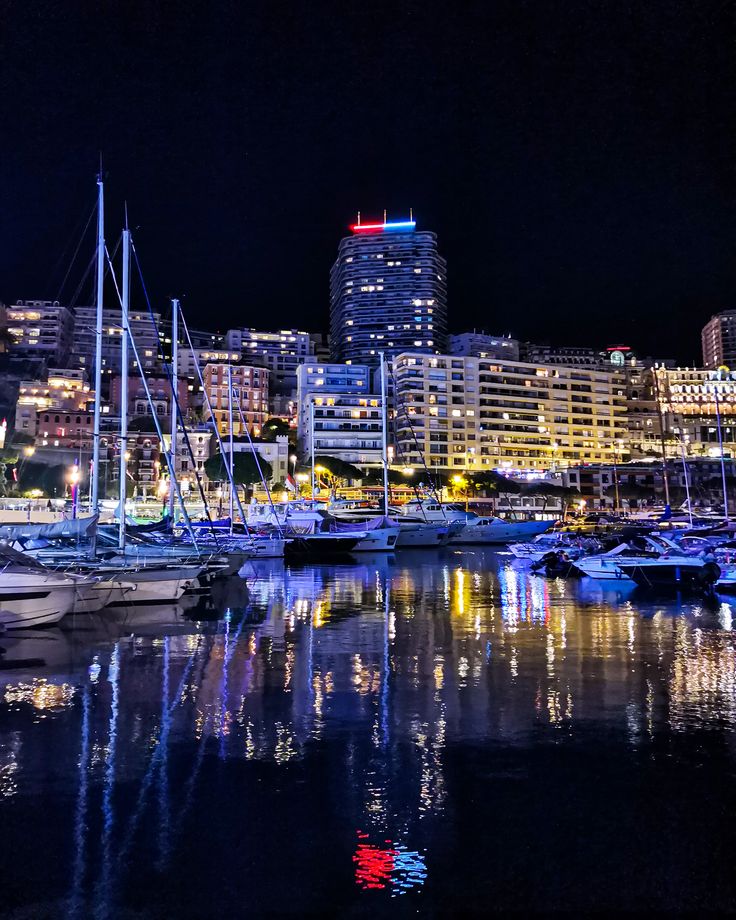
- Montenegro – Podgorica
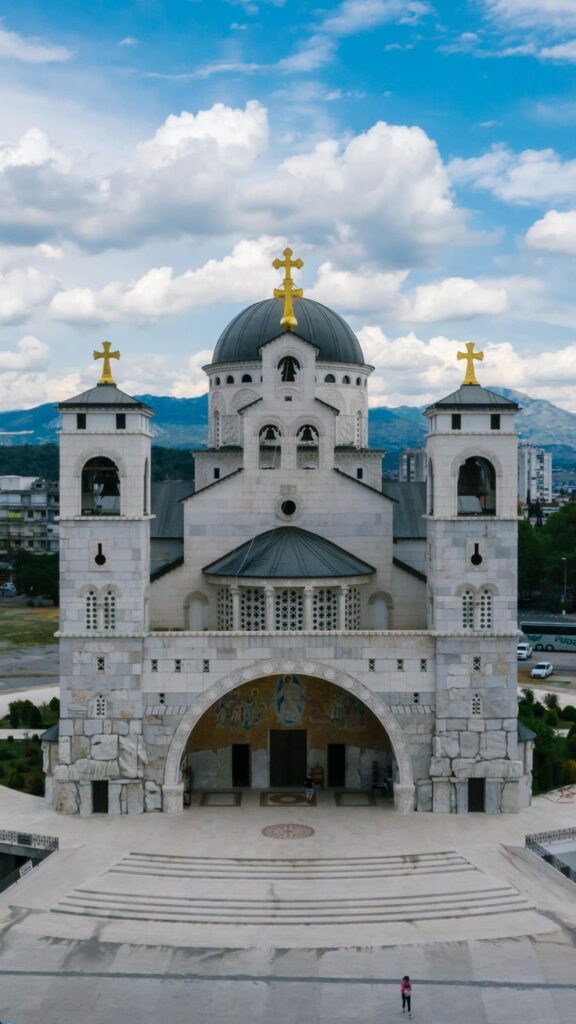
- Netherlands – Amsterdam

- North Macedonia – Skopje
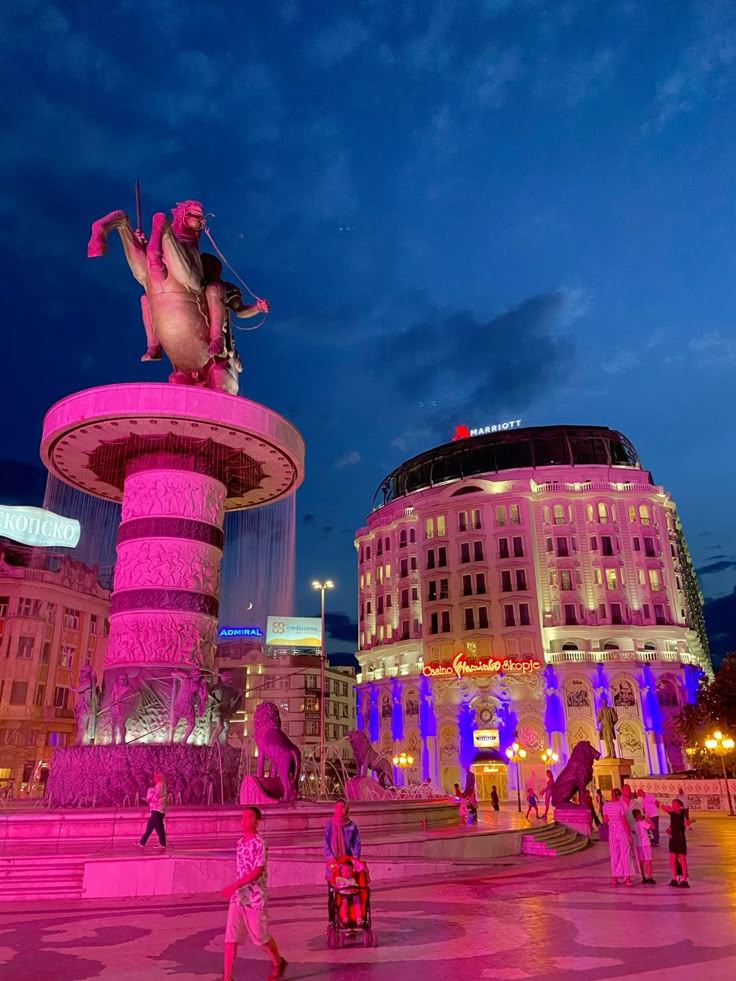
- Norway – Oslo
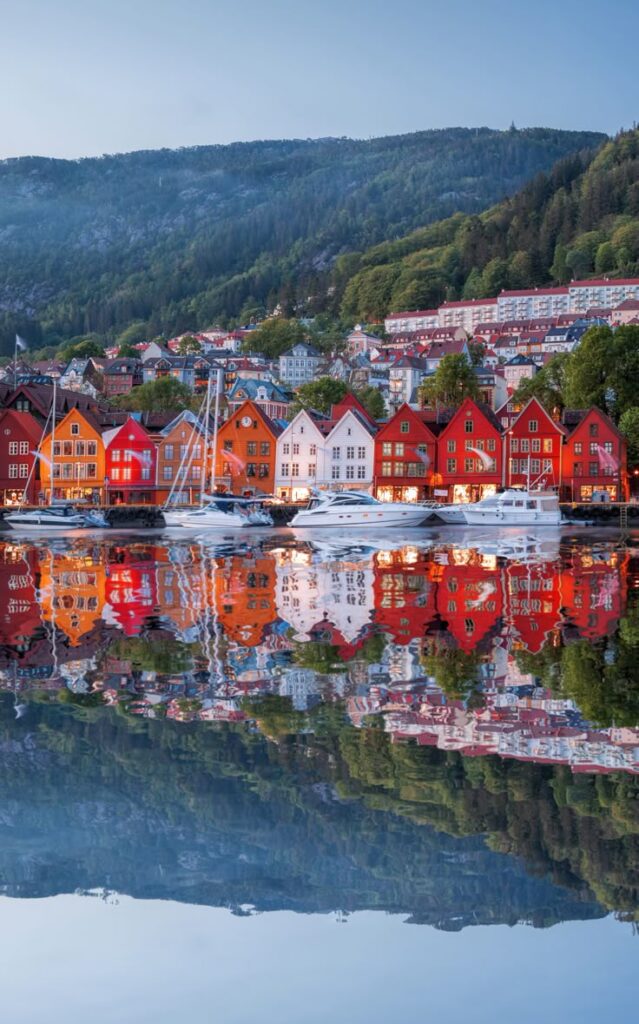
- Poland – Warsaw
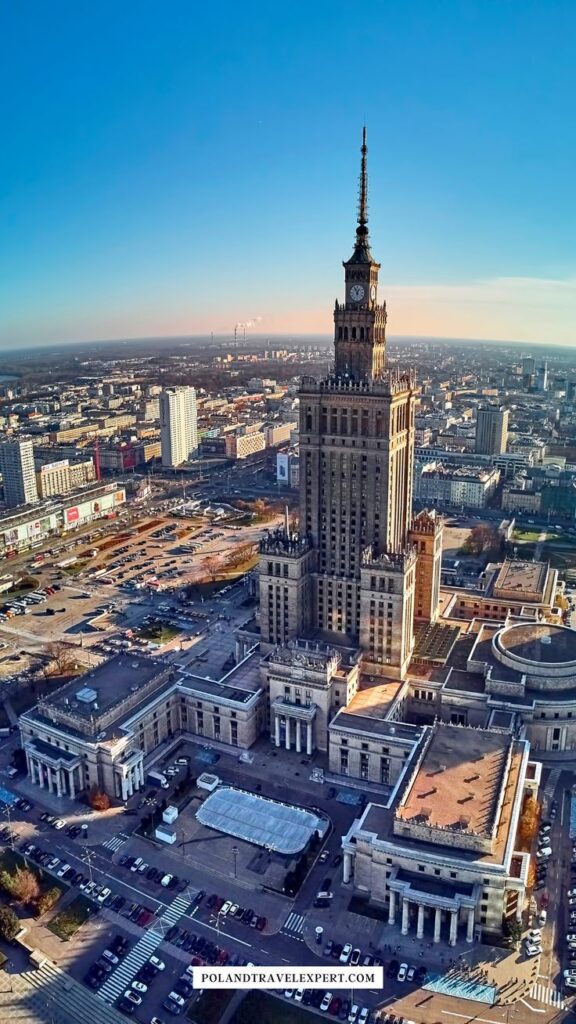
- Portugal – Lisbon
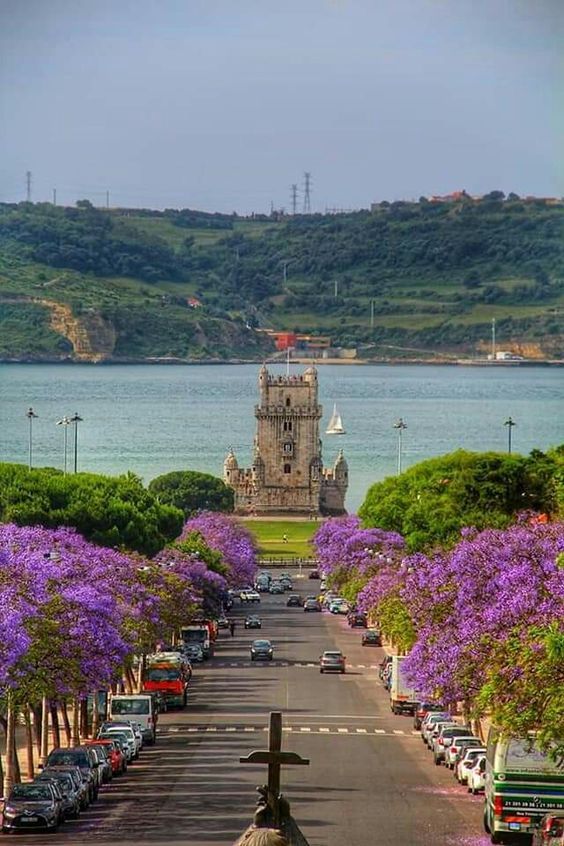
- Romania – Bucharest

- Russia – Moscow
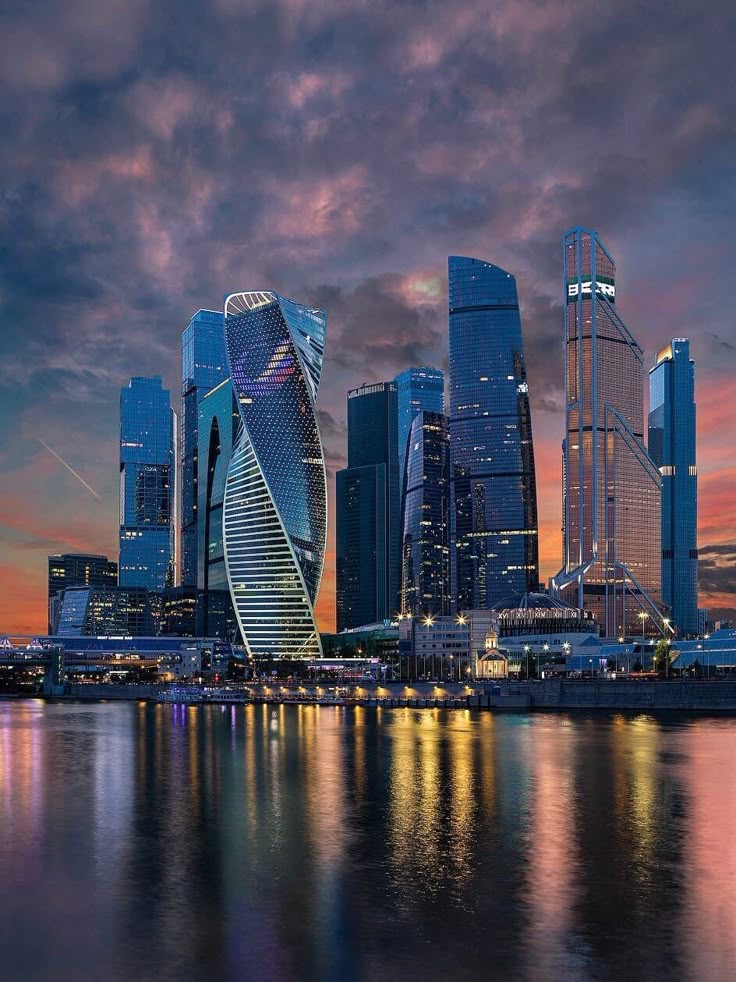
- San Marino – San Marino
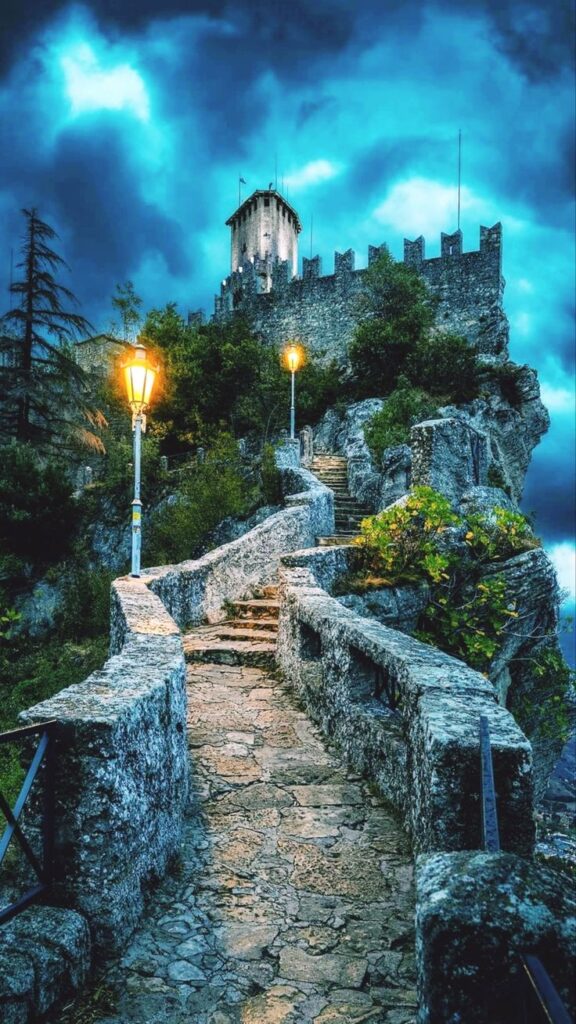
- Serbia – Belgrade
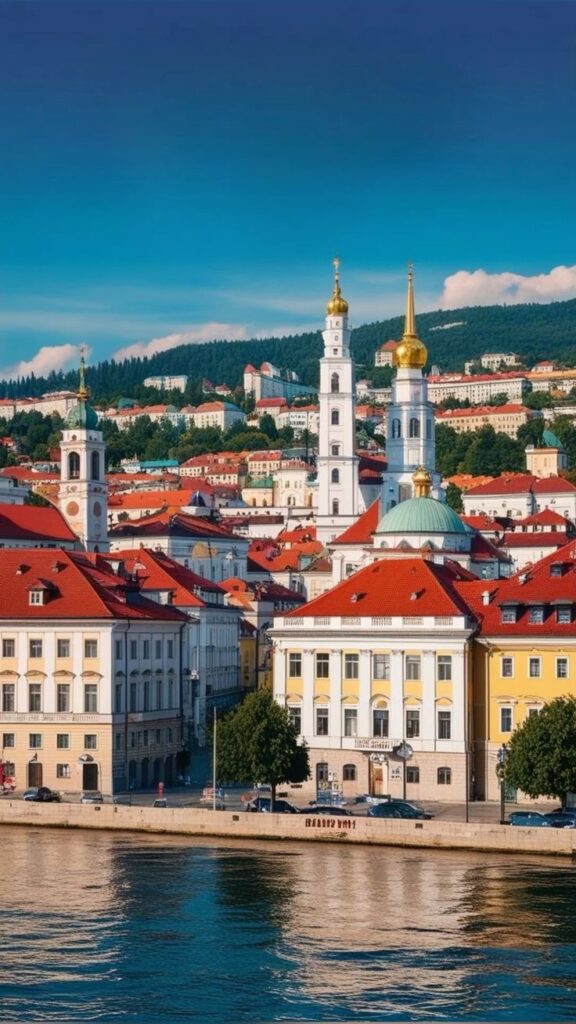
- Slovakia – Bratislava
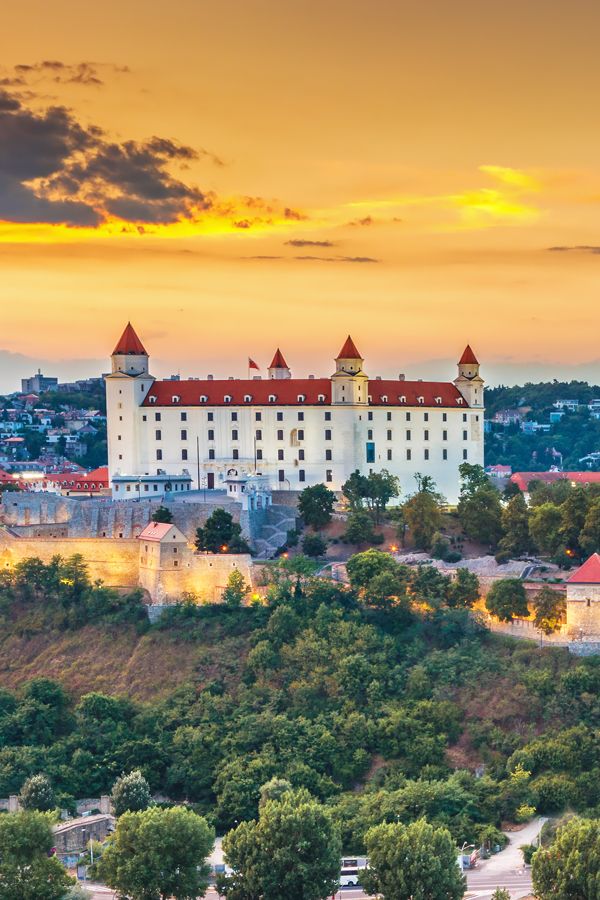
- Slovenia – Ljubljana
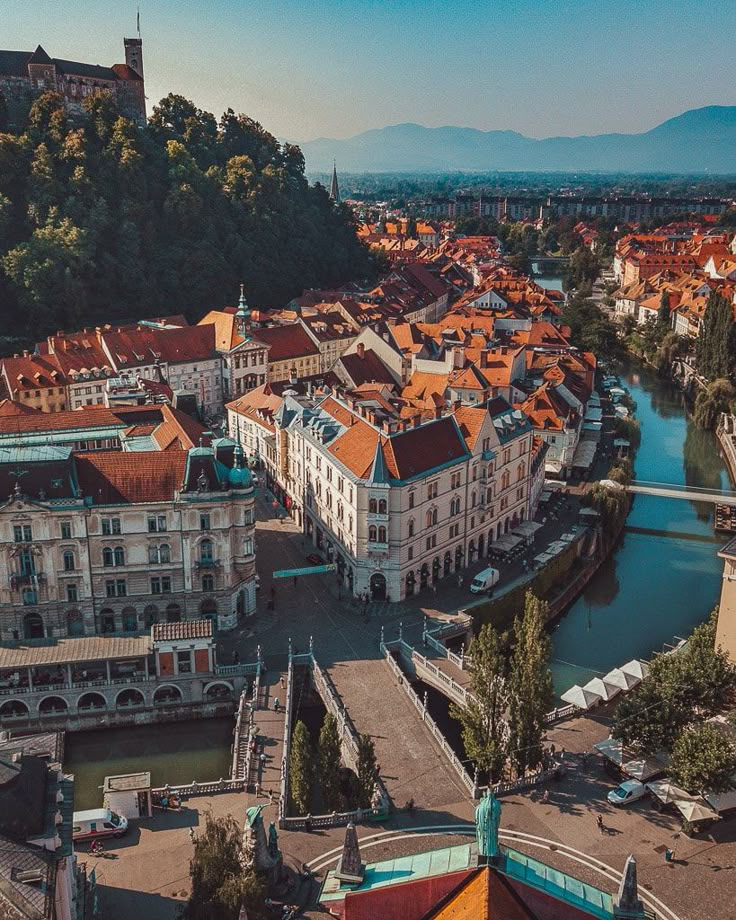
- Spain – Madrid
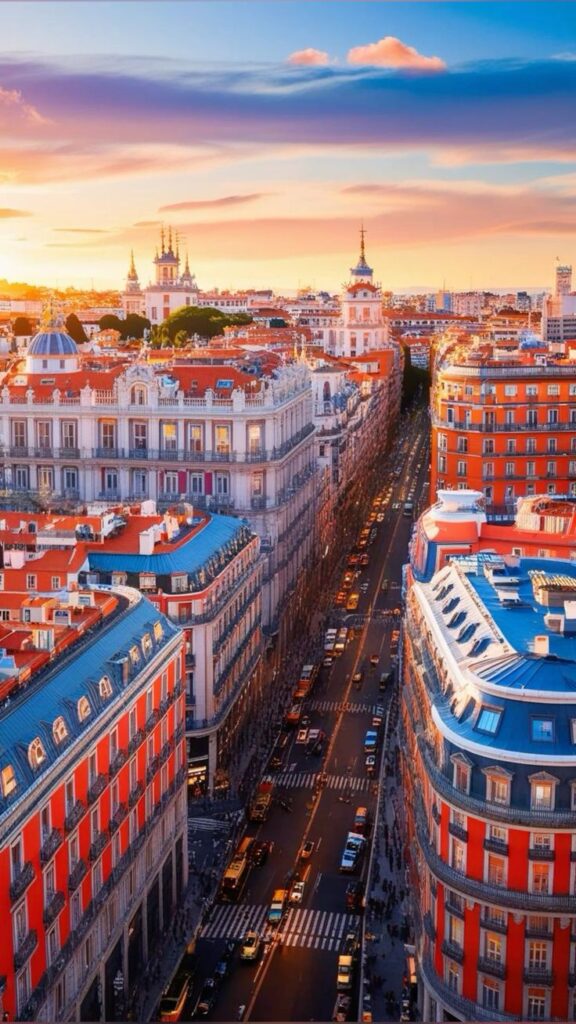
- Sweden – Stockholm
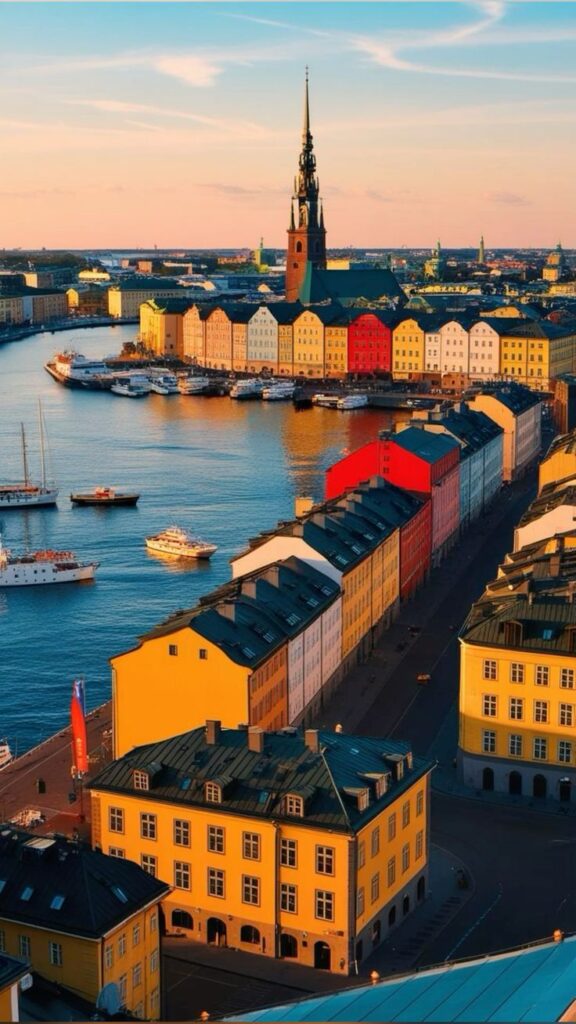
- Switzerland – Bern
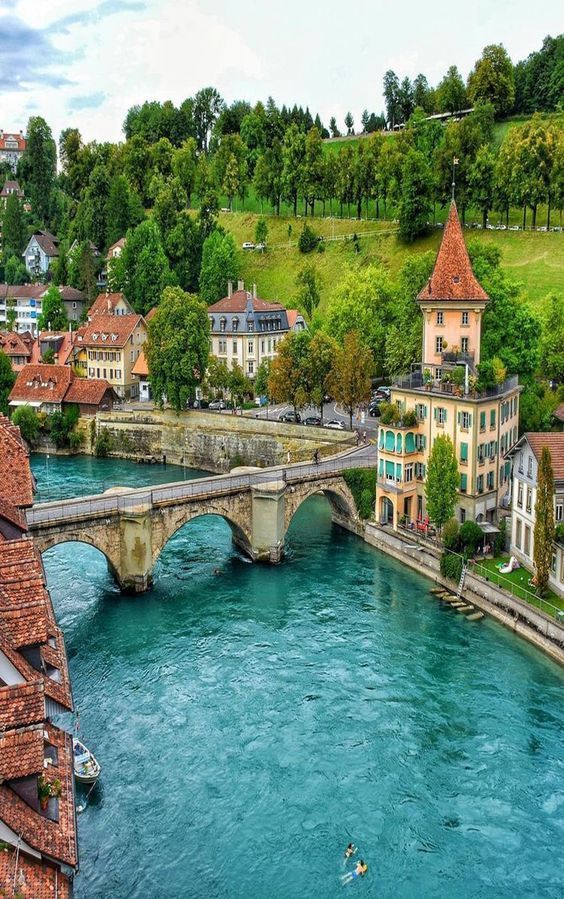
- Turkey – Ankara
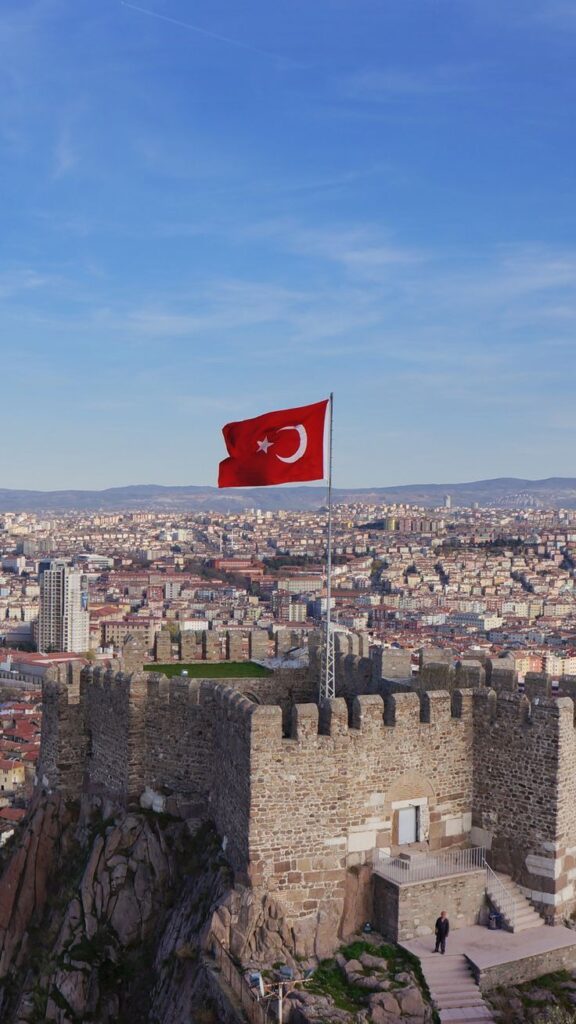
- Ukraine – Kyiv

- United Kingdom – London
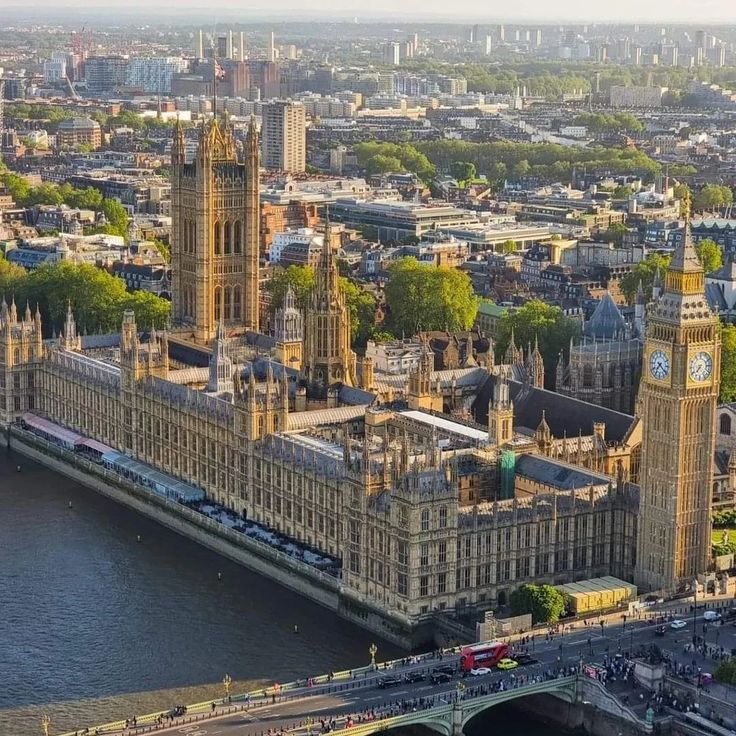
- Vatican City – Vatican City
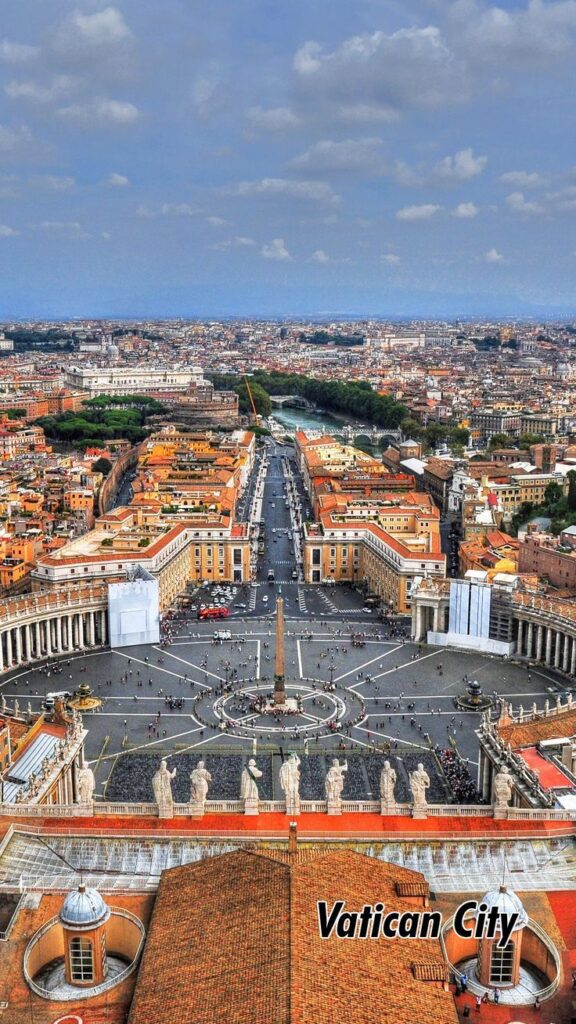
A Few Notes About Europe
- Why so many countries? Europe is diverse, with big countries like Russia (the largest in the world by land area) and tiny ones like Vatican City (the smallest, at just 0.17 square miles). Each has its own unique culture and history.
- Transcontinental countries: Some countries, like Russia, Turkey, Armenia, Azerbaijan, and Georgia, are partly in Europe and partly in Asia. They’re included here because they have strong cultural or political ties to Europe.
- Brussels, the “Capital of Europe”: Brussels in Belgium is often called the capital of Europe because it’s home to the European Union’s main offices, but every country has its own capital city.
- Fun facts: Paris is famous for fashion and art, Rome for its ancient history, and London for its global influence. Smaller capitals like Valletta (Malta) or Vaduz (Liechtenstein) are just as charming with their own stories.
Why Capitals Matter
Capital cities are like the heart of a country. They’re usually where the government works, but they’re also cultural hubs. For example:
- Paris is known for the Eiffel Tower and delicious food.
- Rome has the Colosseum and amazing pasta.
- Amsterdam is famous for its canals and bikes.
- Kyiv is a symbol of strength with its golden-domed churches.
Each capital is a gateway to understanding the country’s people, traditions, and way of life. Which one would you love to visit?
Tips for Learning About Europe
- Start small: Pick a few countries you’re curious about and learn about their capitals. Maybe France (Paris) or Italy (Rome) to begin?
- Use a map: Looking at a map of Europe helps you see where each country and capital is. It’s fun to spot how close some capitals are, like Vienna and Bratislava!
- Explore culture: Check out videos or books about these places. Each capital has its own festivals, food, and stories.
